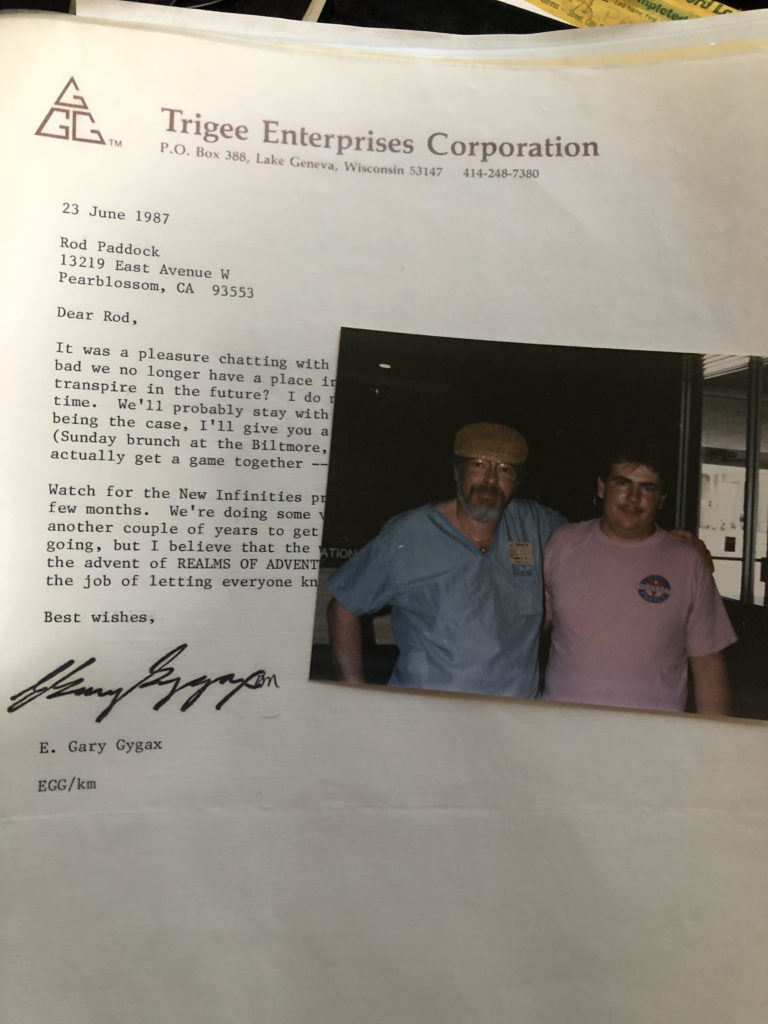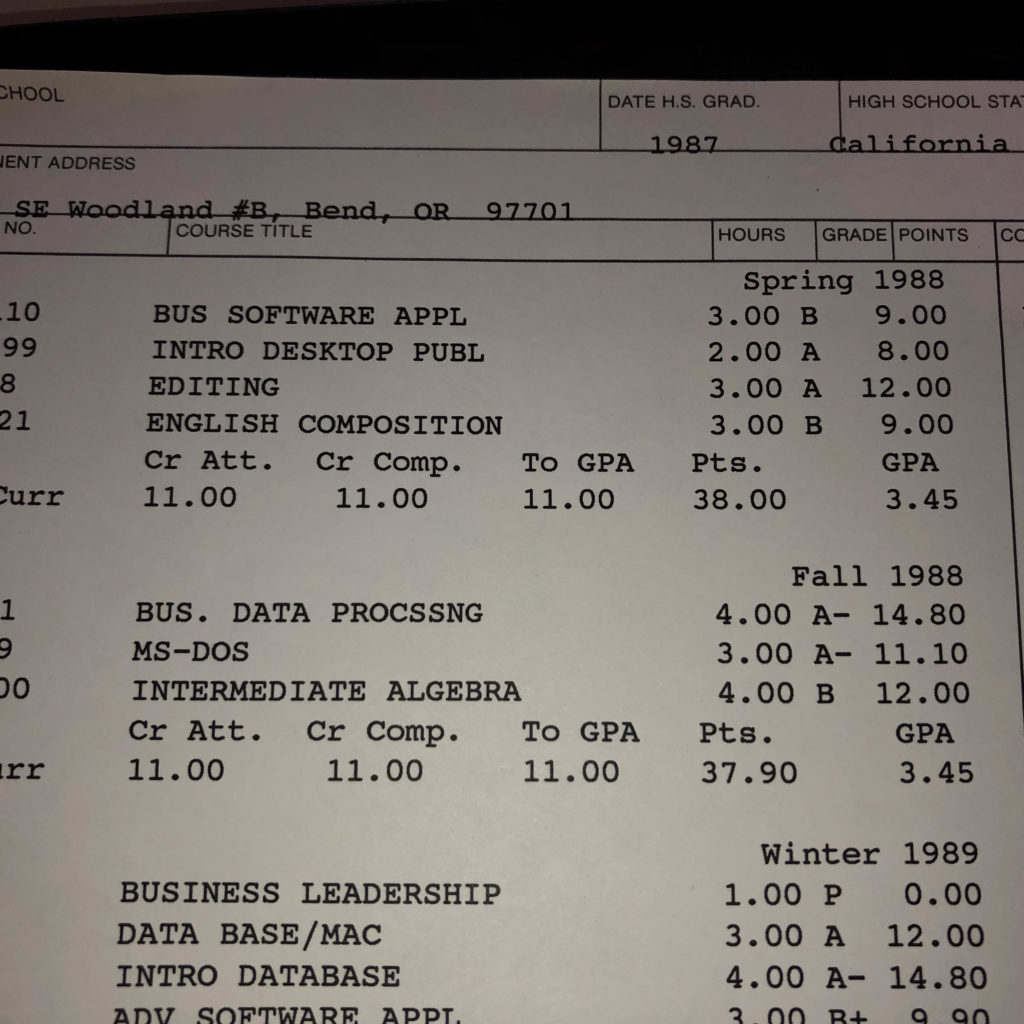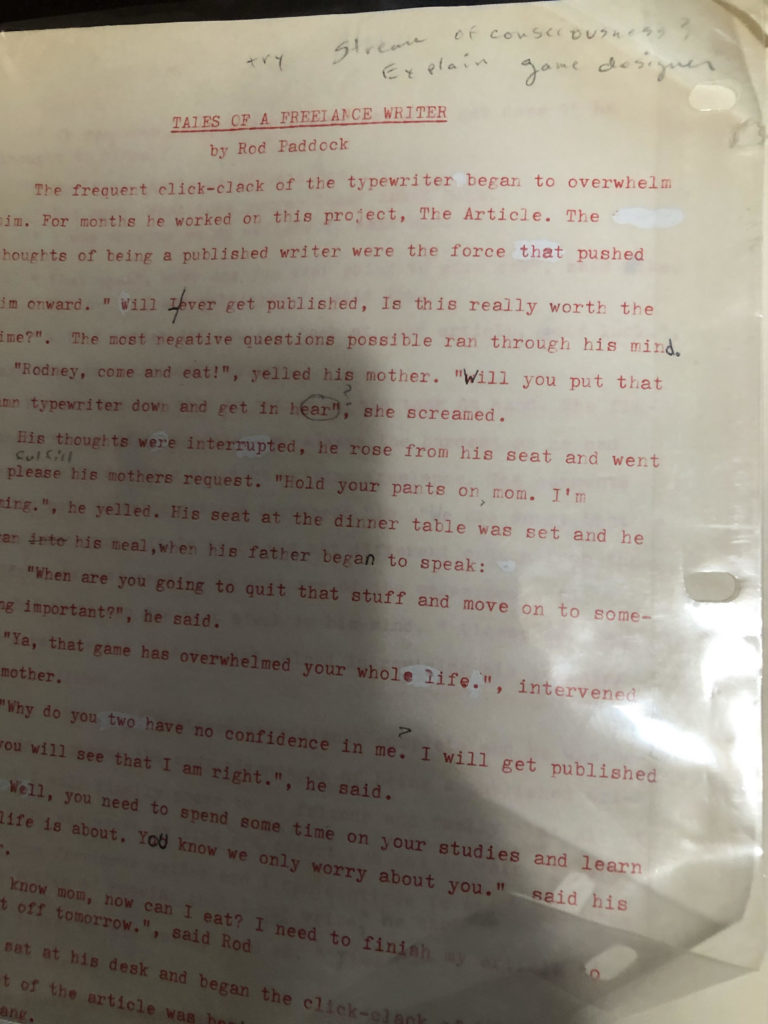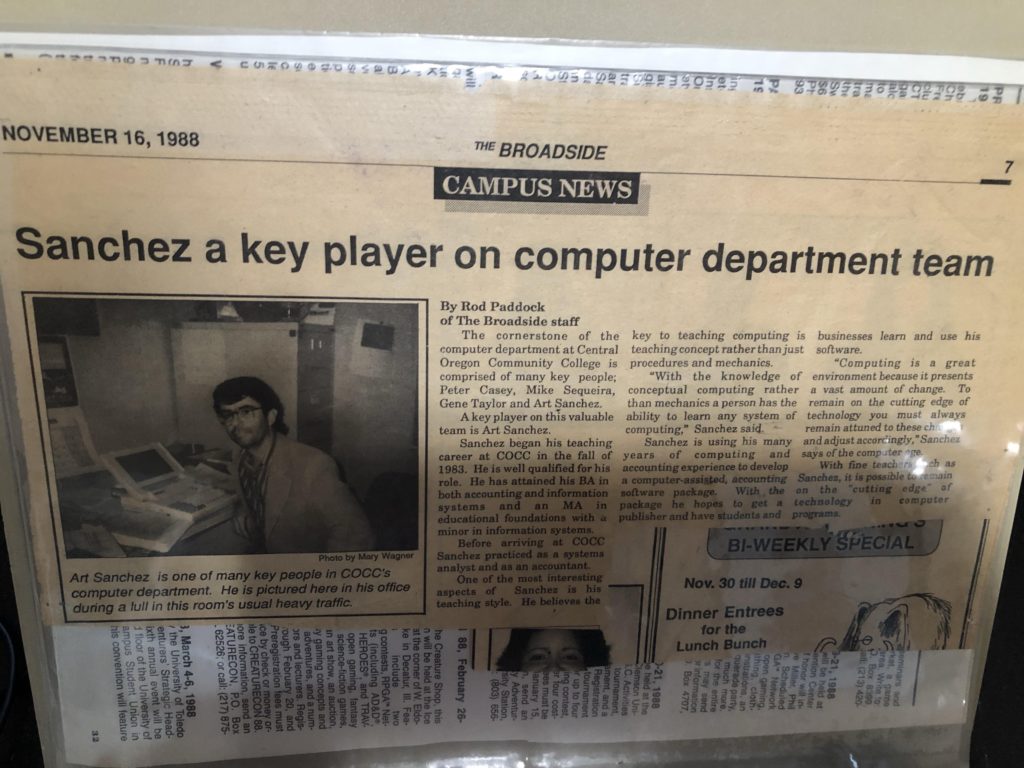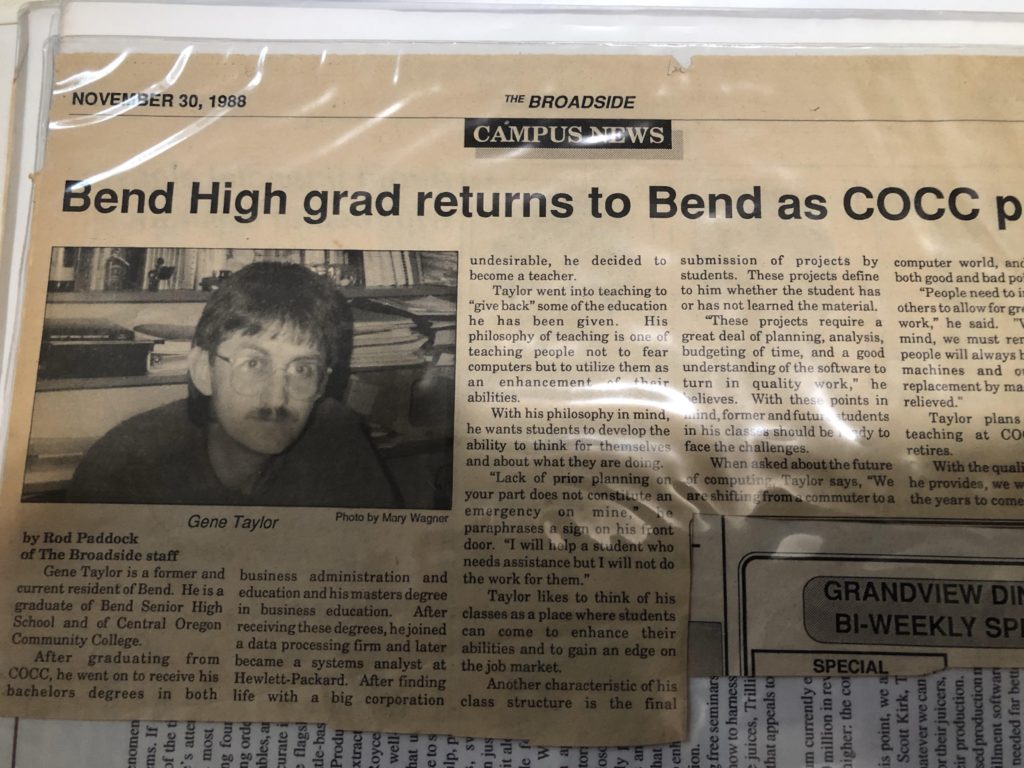One question that always seems to pop up when you are beginning a new campaign is: “Who’s gonna play the cleric?”. This job generally goes to the newcomer or the last to arrive. The cleric, as a “role-playable” character has been grossly neglected. Throughout my years as a role-player and dungeonmaster, many people who play clerics have play them incorrectly, not incorrect as in the rules the rules but incorrect as a developed character. Most people play clerics as boring magic-users with healing spells vs. deeply rich characters with an interesting background. This article will discuss some cleric archetypes you can use in your games to give life to a character class deemed by many as boring.
The Deity and the Church
The deity dedicated cleric is the most way people play clerics. The primary focus of this character is to attract followers to their deity’s philosophies. The pinnacle of this archetype is the physical construction of a church or shrine in the name of their deity. However, clerics of this archetype are never satisfied with the opening of just one church or gaining half a dozen followers, they will be constantly trying to gain more and more followers and opening more churches until the time of they leave to meet their maker.
The Cleric and the Cause
One possible way to liven up the cleric is to give him or her a cause. During the early stages of the characters life they may adopt a particular cause. Examples of a cause might be: the recovery of the “Holy Icon of Mazdar” or the establishment of a new religious outpost in the “Barbarian Tribes of Highdale”. The character’s life would be spent seeking to achieve the goals of their cause. Sometimes this cause might put the characters in jeopardy or might give them potentials for new adventures
The Cleric as Shaman
Usually portrayed as an NPC, the shaman or witchdoctor is a path seldom travelled by a player. The existence of Barbarian class opens possibilities for an interesting barbarian specialty: the barbarian shaman. The barbarian shaman would specialize in the use of primitive spells and would be more of a land or nature orientated cleric, much like a druid. This specialty might also have unique abilities to such as the ability to craft healing balms or salves potions from the land.
The Cleric in Exile
Another possible playing a cleric is to have that cleric fall from grace within their church. The exiled cleric would still spread the word of their deity with or without permission. Or they might preach a very different version of their religion causing them to be labeled a heretic. This archetype would provide for some interesting adventures especially when the cleric’s party visits a town or city where the cleric’s religion is active.
The Cleric as Wanderer
Another closely related cleric would be the wanderer. The wanderer cleric would have no one place designated as his or her home base. Instead opting to travel about spreading the word of his or her god. The wanderer cleric would be a chief source of news in small towns and would be greatly appreciated. If bards are active within a campaign a wandering cleric and a bard would make for a good combination.
Some examples of refugee and wandering clerics would be: “Warren Borinias” the traveling preacher of Helm and the bringer of good tidings or “Kalox the Banished”, fleeing the church of Athena for refusing to sacrifice war criminals.
The Cleric as Charlatan
“Give me a religion and I give you a profit center” says Kaj the Profit, a well known and highly respected figure among the desert tribal regions. Preaching fire and brimstone this cleric seeks food, cash and favors in order to make people “right with their gods” while extracting as much money as possible before hitting the road to their next conquest. This archetype has many possibilities as the cleric might find themselves in situations where they are being hunted or recognized by authorities as false preachers.
As can be seen the cleric can be a class as lively as any knightly-knight of decrepit arch-mage, This article is dedicated to the people might be reluctant to play a character or are looking new ideas to breathe life into their existing character

